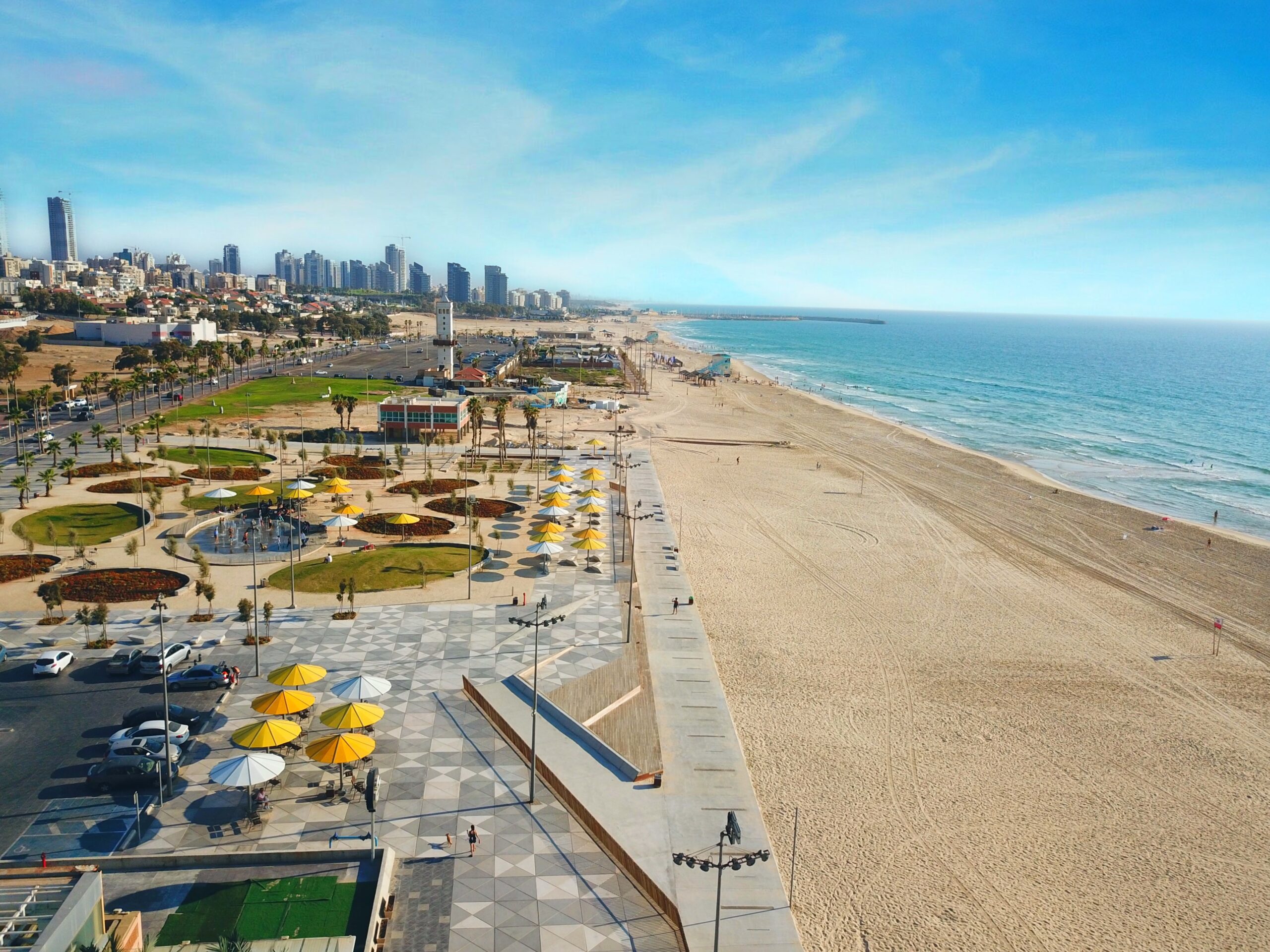What’s wrong with me?
In 1996, the municipality of Ashdod, in collaboration with government authorities and local industry, began the rehabilitation of the river’s nearby area.
A dedicated management was established for the rehabilitation project, which conducts continuous water quality analysis at six discharge points:
Lachish farm, Hertzel Bridge, Sderot Center, Siroth Crossing, Ort Bridge, and the river’s estuary.
How can we protect the rivers and the surrounding environment?
Why do the fate of the rivers relate to us, and what can we do in this regard?
Can we rehabilitate rivers?
How do we know the water quality in the river?
The things we do affect the quality of the environment we live in. One means to curb environmental pollution is to establish clear laws and regulations that specify what to do and what not to do in our environment. For these laws to be effective, we – private citizens and public representatives – need to monitor what is happening around us, and whether reporting and action are needed.
Environmental protection laws also determine the penalties imposed on those who harm the environment, whether out of negligence or intentionally. It should be remembered that imposing penalties is also a way to educate people about the importance of the environment and the need to protect it.
Want to know the current water quality in the Lachish River?
Feel free to visit the following link:
https://www.env.org.il/he/water_quality/
Here are some laws related to river conservation:
River and Spring Authorities Order (Delegation of River Authority Duties to Drainage Authorities), 5763-2003
A law requiring every local authority to determine the course of the river and preserve its natural scenery and values along the river and on both of its banks.
River and Spring Authorities Law, 5725-1965
A law that specifies the establishment of river authorities responsible for regulating water flow in rivers, river cleaning, maintaining water quality, its surrounding environment, and more.
Water Regulations (Prevention of Water Pollution) (Spraying Near Water Sources), 5751-1991
A law that prohibits spraying near water sources, including rivers and their tributaries.
Drainage and Flood Protection Law, 5718-1957
A law that prohibits diverting the flow of water from any source, including rivers, without special permission.
How to Rehabilitate Rivers?
The process of rehabilitation is lengthy and complex. From the experience gained worldwide, it is known that it can take about 25 years! Each river has a “personal” and unique rehabilitation process. Even within the different parts of the same river, there are differences in the rehabilitation process. However, in general, the stages of river rehabilitation are similar.
The rehabilitation process consists of four stages:
Stage 1: Ensuring the free flow of water in the river
Rivers are natural watercourses that collect water in their basins. In affected rivers, the free flow of water is also affected: sometimes the riverbed is blocked by debris, plants, or solid waste, or it is too narrow to handle the incoming water. Blocking of river channels can lead to flooding during the rainy season when the river cannot discharge all the incoming water, overflowing its banks.
Therefore, in the first stage of river rehabilitation, actions are taken to regulate the free flow of water in the river. These actions may include, for example, removing debris, vegetation, and solid waste, or widening the channel.
Stage 2: Rehabilitating the riverbanks and landscape
In this stage, attention is given to the riverbanks: improving their slope, planting stabilizing vegetation, preventing erosion, and creating paths and roads along the bank for the convenience of hikers and those involved in river rehabilitation. Sometimes, parks and recreational areas are developed in the river area.
Stage 3: Rehabilitating the river water
In this stage, the focus is on rehabilitating the river water to restore its natural quantity and quality as much as possible. To rehabilitate river water, two main actions must be taken:
-
Treating the sources of pollution of the river, such as factories and local authorities discharging wastewater into the river.
-
Ensuring constant sources of water in the required quantity and quality for the river. Often, purified water (treated effluents) is discharged into rivers because natural sources are drying up.
Stage 4: Rehabilitating the natural ecosystem
As part of the river rehabilitation process, sometimes biological restoration is also carried out. Biological restoration involves reintroducing characteristic plants and animals to the river area in its clean state. Of course, biological restoration is only carried out after the river water has been sufficiently cleaned, so that plants and animals can survive in it.
Question: River Rehabilitation – Within river rehabilitation processes, is there also rehabilitation of the natural ecosystem?

 VisitAshdod2@ashdod.muni.il
VisitAshdod2@ashdod.muni.il 08-8545481
08-8545481















